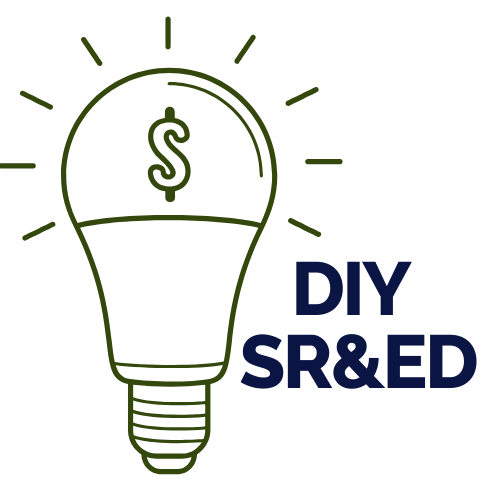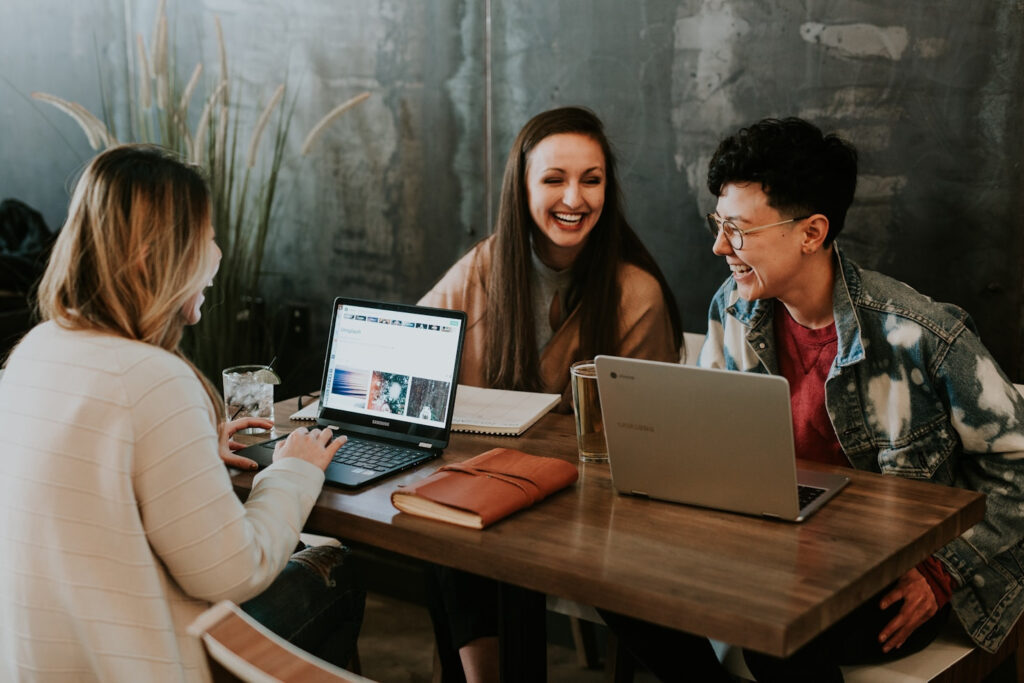Wondering if your startup qualifies for SR&ED tax credits? You’re in the right place. Many Canadian founders assume SR&ED is just for massive tech firms or scientific labs—but the truth is, if you’re building something innovative, there’s a good chance you’re eligible.
This guide breaks down SR&ED eligibility in startup-friendly terms. You’ll learn who qualifies, what types of work count, and what to do next to unlock valuable funding.
1. Who Qualifies for SR&ED? (Startup-Friendly Breakdown)
The Scientific Research & Experimental Development (SR&ED) tax credit is open to Canadian businesses, but certain eligibility requirements apply.
✅ Who is Eligible for SR&ED?
- Canadian-Controlled Private Corporations (CCPCs): You can get up to 35% refundable tax credit on your first $3M in R&D spend.
- Other Corporations: Foreign-owned or public companies still qualify, but get a 15% non-refundable credit.
- You Must Be Incorporated in Canada: Sole proprietors and unincorporated freelancers don’t qualify.
- Pre-Revenue Startups Welcome: You don’t need to be profitable—refunds can go straight to your bank account.
💡 Example: A bootstrapped AgTech startup in Ontario can claim both federal and provincial SR&ED credits—even before their first customer.
🚫 Who is NOT SR&ED Eligible?
- Sole Proprietors or Unincorporated Businesses
- Non-Canadian Companies
- Non-profit Organizations and Charities
💡 Example: A small AgTech startup in Ontario, incorporated as a CCPC, can claim both federal and provincial SR&ED credits, even if they haven’t yet turned a profit.
Check your SR&ED eligibility for free
Check our SRED Eligibility Assessment tool.
2. Understanding SR&ED Eligibility: The “Why” and “How” Factors
To qualify for SR&ED eligibility, your project must check two boxes:
🔹 The “Why”: Are You Solving a Technical Problem?
If you’re tackling a challenge with no obvious solution—like testing a new algorithm or solving a hardware problem—you’re likely on the right track.
✅ Eligible Example: Building an AI-powered crop monitoring tool that doesn’t exist yet.
❌ Not Eligible: Just applying off-the-shelf AI tools to an existing process.
🔹 The “How”: Are You Using a Systematic R&D Process?
The Canada Revenue Agency (CRA) wants to see real experimentation:
- Define the tech challenge
- Build a hypothesis
- Run experiments or iterations
✅ Eligible Example: Testing multiple machine learning models to improve speech recognition in noisy environments.
❌ Not Eligible Example: Routine debugging or minor software updates.
💡 Tip: If you’re exploring unknowns and tracking results, that’s real R&D—and it’s probably SR&ED eligible.


3. What Kind of Work Qualifies for SR&ED?
The CRA recognizes three categories of work under SR&ED:
🧪 Basic Research
Advancing knowledge without a direct commercial goal.
Example: Studying plant DNA for resistance to drought.
⚙️ Applied Research
R&D with a real-world problem to solve.
Example: Developing bio-based fertilizer to improve crop yield.
🛠️ Experimental Development (Most Common for Startups)
Improving or creating new tech, processes, or products.
Example: Designing lightweight battery packs for EVs.
🔧 Support activities (testing, coding, data analysis) count too—if they directly support the R&D.
4. What Industries Are Eligible for SR&ED?
It’s not just for software or biotech. Here are real examples of SRED eligibility across industries:
- Software & AI: Custom ML models, cybersecurity platforms
- AgTech: Sensor networks, drone automation
- Manufacturing: Robotics, materials testing
- Biotech & Medtech: Drug development, diagnostics
- Clean Energy: Battery tech, solar panel efficiency
- Media & Games: Real-time animation systems
- LegalTech: Contract analysis, compliance engines
- EdTech: VR-based medical simulations
- Fashion & Textiles: Sustainable fabrics, AI design tools
- Consumer Products: Smart packaging, self-cooling cans
These are just examples. If you’re solving hard technical problems with a clear process—you probably qualify.
Find out if your business and your industry qualifies for SRED eligibility today!
Contact us for follow up questions.
5. Common SR&ED Eligibility Myths (Debunked)
🚫 “SR&ED is only for tech companies.”
→ Wrong! It applies to agriculture, manufacturing, software, biotech, cleantech, and more.
🚫 “My business is too small to qualify.”
→ Pre-revenue startups and even solopreneurs can be eligible.
🚫 “We didn’t invent anything new, so we don’t qualify.”
→ You don’t need a breakthrough invention—improving an existing technology or process counts.
🚫 “We failed, so we can’t apply.”
→ Failed R&D still qualifies if the approach was systematic
🔥 Start Your SR&ED Journey
If you’re developing new tech or improving how things work, don’t miss out on SR&ED eligibility. Learn on how to DIY your SRED.
✅ Want to check your SR&ED eligibility? Contact us today to learn about self-served free assessment!
👉 Need help filing your SR&ED claim? We offer DIY guides and services to maximize your refund.
Next Up:
👉 How Much Can You Get? Our next blog post will break down SR&ED refund calculations so you know exactly how much money you could be getting back!
Read more
- T661 Form Guide: How to File Your First SR&ED Claim
- SR&ED Audit: How to Prepare Your Startup for a Smooth CRA Review
- How to Apply for SR&ED: A Startup-Friendly Step-by-Step Guide
- SR&ED Documentation: What Startups Need & How to Stay Audit-Ready
- How to Maximize Your SR&ED Claim: Startup-Friendly Strategies That Follow SR&ED Guidelines




